The ancient pictographic Hebrew, the alphabet of Scripture, is an extremely useful tool in understanding the words which Yahowah chose to use. In this alphabet each letter had a meaning, and contributed to defining the word. This is a foreign concept to English speakers because in our alphabet the letters only convey sounds, not meaning. The Ancient Hebrew aleph beyt was a cross between the letters conveying sound and existing as logograms, pictures used to convey ideas.
As you have seen on the home page of this site you can gain a great deal of understanding about the words by examining and breaking down the pictographic letters which comprise it. With that in mind I am compiling this page so that you may come to better understand the letters and their meanings.
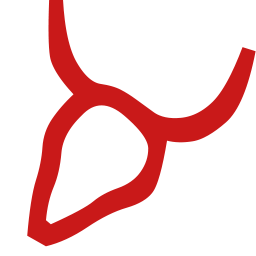
The first letter of the aleph beyt is the Aleph. It is depicted as a Rams Head, and was used to symbolize strength, power, might and ability, as well as a symbol of leadership, and authority. One of its most common usages is as the first letter in Yahowah’s title El, or God.

The second letter of the aleph beyt is Beyt. You may have noticed my use of aleph beyt instead of alphabet, this is because our word alphabet is derived from the first two letters of the Hebrew language. The Beyt is depicted as a House or Tent, and was used to symbolize home and family. As noted on the home page it is the first letter of Beryth, Yahowah’s word for family oriented covenant.
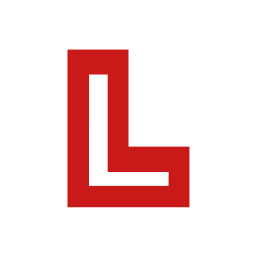
Next is the Gimel or Gam. The Gimel is depicted as a foot, and was used to symbolize to gather, to walk or to carry. It is often used with the mem to form the word Gam which means also, or although.
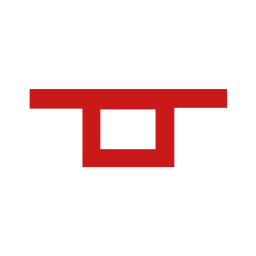
The Dalet comes next, and was depicted as a tent door. It symbolized movement and entering. It is seen frequently in the word Dabar or Word, where it conveys the idea that the doorway to Yahowah’s home is through His Word.

We discussed the Hey a bit on the home page already, but it was drawn as a person standing and reaching up while pointing to the heavens. It conveyed the importance of observing what God has revealed, of becoming aware of Him, and of reaching up to Him for help. Affirming this, the Hebrew word hey still means “behold” in addition to “pay attention.” The key aspect of this character, which is repeated twice in Yahowah’s name, is that the individuals depicted are standing upright, so as to walk to and with God. They are not shown bowing down in worship. Further, both hands are raised as if to grasp hold of Yahowah’s hand, trusting Him to lead us home.

The Waw was depicted as a tent peg and conveyed the idea of to increase, and secure. In ancient times the tent pegs were used to secure a shelter and to enlarge it. And as such, the preposition wa communicates the ideas of adding to and of increasing something.
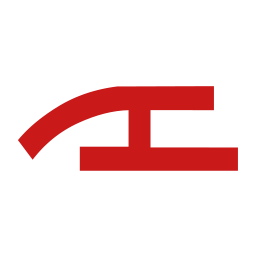
The Zan was depicted as a plough and as such conveyed the idea of food, and nourishment as well as to harvest or cut.
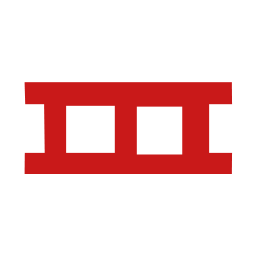
The Chet was depicted as a tent wall, and was used to convey the ideas of separation and of protection.

The Tet comes next and was depicted as a basket, and was used to convey surrounding or containing.
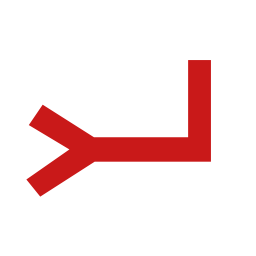
The Yad or Yowd as we discussed on the home page is depicted as a hand reaching down and out, and symbolizes the power and authority to do whatever work was required. Even today, yad means “hand” in Hebrew, and metaphorically, it still represents the ideas of “engaging and doing,” and thus of “authority and power.” With Yah, the Yad reveals His willingness to reach down to lift us up, to extend Himself and reach out to us with an open hand, hoping that we will grasp hold of Him.

The Kaph is depicted as the open palm of a hand, and symbolized to open, to welcome or to allow. The word Kaph in Hebrew to this day means the open palm of a hand.

The Lamed is depicted as a shepherd’s staff with the crook at the bottom implying it’s being actively used. A Shepherd’s staff was commonly used to help aide a trapped lamb, or to guide it when it went astray, it was also used to protect the flock from predators. As such the lamed symbolized to lead, to direct, to teach and to protect. We see it frequently with the Aleph to form El the title translated as God. Aleph Lamed, El, as Yahowah’s title tells us that He has the power and stregnth, as well as the authority and ability to guide and teach us leading us to Him.

The Mem was depicted as flowing water or waves on a sea, and symbolized the life giving, sustaining, and cleansing properties of water. We see it along with the Aleph to create the word ’em, or mother. ‘Em conveys the power to impart life, the ability to sustain it, and the will to do whatever is required to cleanse Her children, perfecting them, perfectly describing Yahowah’s Set-Apart Spirit which serves as our Spiritual Mother.
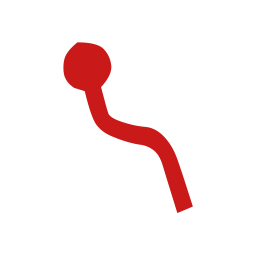
The Nun is set to be depicted as a sprouting seed, but anyone who has ever done a science experiment with seeds will tell you that it is upside down to depict that, but it does however bear a striking resemblance to what we now know as a sperm cell. With this in mind I note that the Nun was symbolic of children, of inheritance, of eternity, and of something continuing to exist, growing from generation to generation. To this day the Hebrew word Nun means to continue, to always be, and eternal.
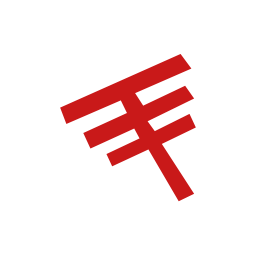
The Samech was depicted as a sign post. Hebrew reading from right to left would convey that it is a sign post pointing the way.
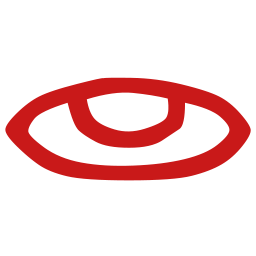
The Ayin was depicted as an eye, and symbolized to observe, to see, to know and to perceive.
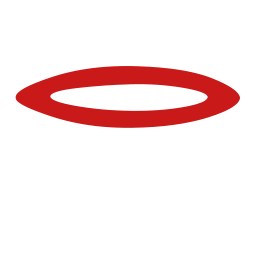
The Pey was depicted as an open mouth, and conveyed to speak or to communicate, and even represented language. Today the Hebrew word Peh means mouth.
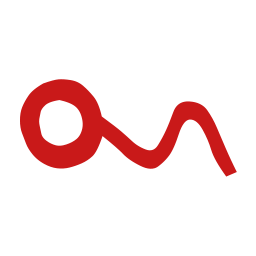
The Tsade is depicted by drawing a picture of a person lying down on their side. Symbolically, it spoke of waiting, resting, and relying. Its most acclaimed lexicon entry is tsadaq delivering righteousness and vindication—both of which come from Yah while we rest so long as we rely upon Him.
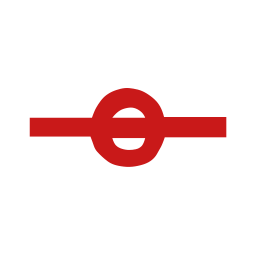
The Qoph was depicted as a sun on the horizon, it symbolized both time and light. The word most directly associated with this letter, qowah, speaks of eagerly anticipating a favorable result, of expecting the best and being confident of being gathered together by God. And indeed, in good time, those who place their hope in Him will find themselves before the Light.
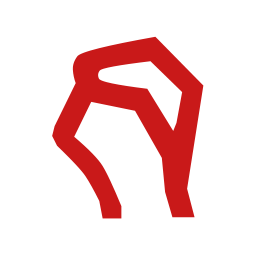
The Rosh as we discussed on the home page was depicted as a man’s head. It was designed to convey the idea that something is the first order of business, the most important thing to accomplish, and the top priority. You may recognize it from the Jewish holiday of Rosh Hashanah, or head of the year.
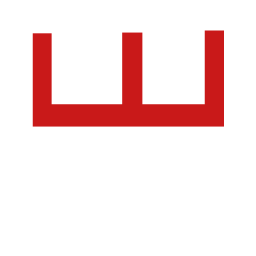
Next we have the Shin which was depicted as two front teeth which conveyed the idea of both language and communication, as well as nourishment.

Finally we have the Taw, which was depicted as an upright pillar with a horizontal support beam, which represented the upright pillar creating the doorway of a home. It conveyed the idea supporting and enlarging a tent, especially the Tabernacle. It also represented a doorway, in addition to a mark, a sign, a symbol, and a signature—all of which are symbolic of Yahowsha’.